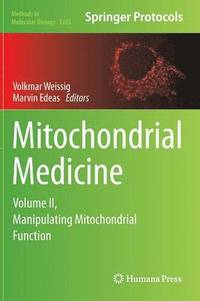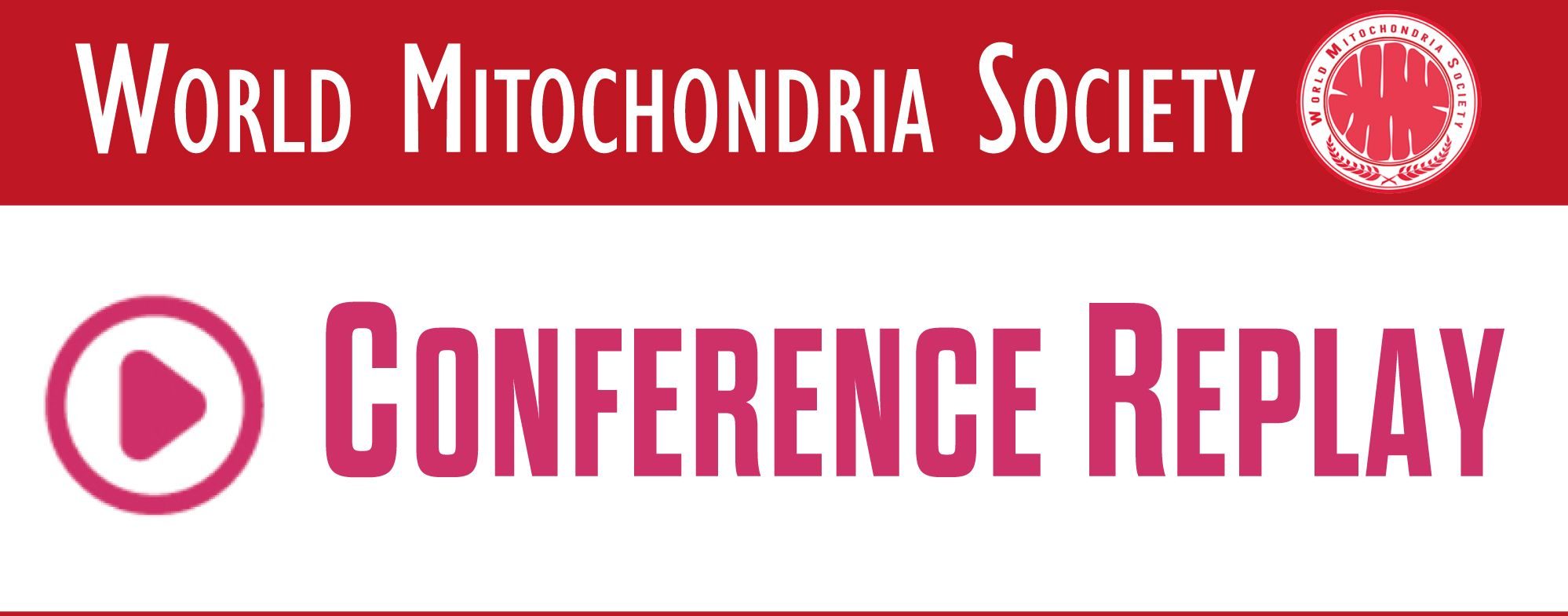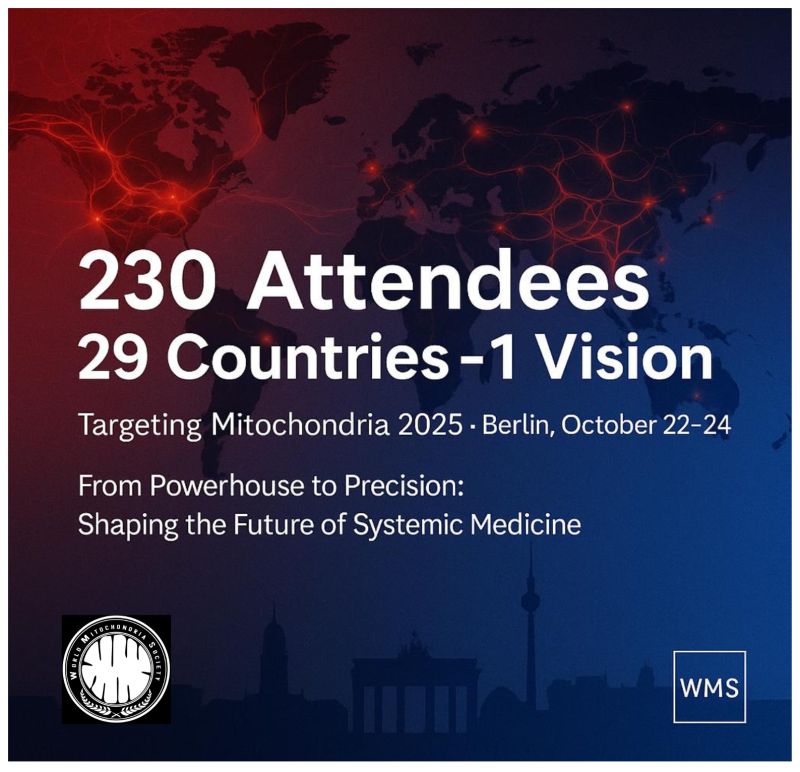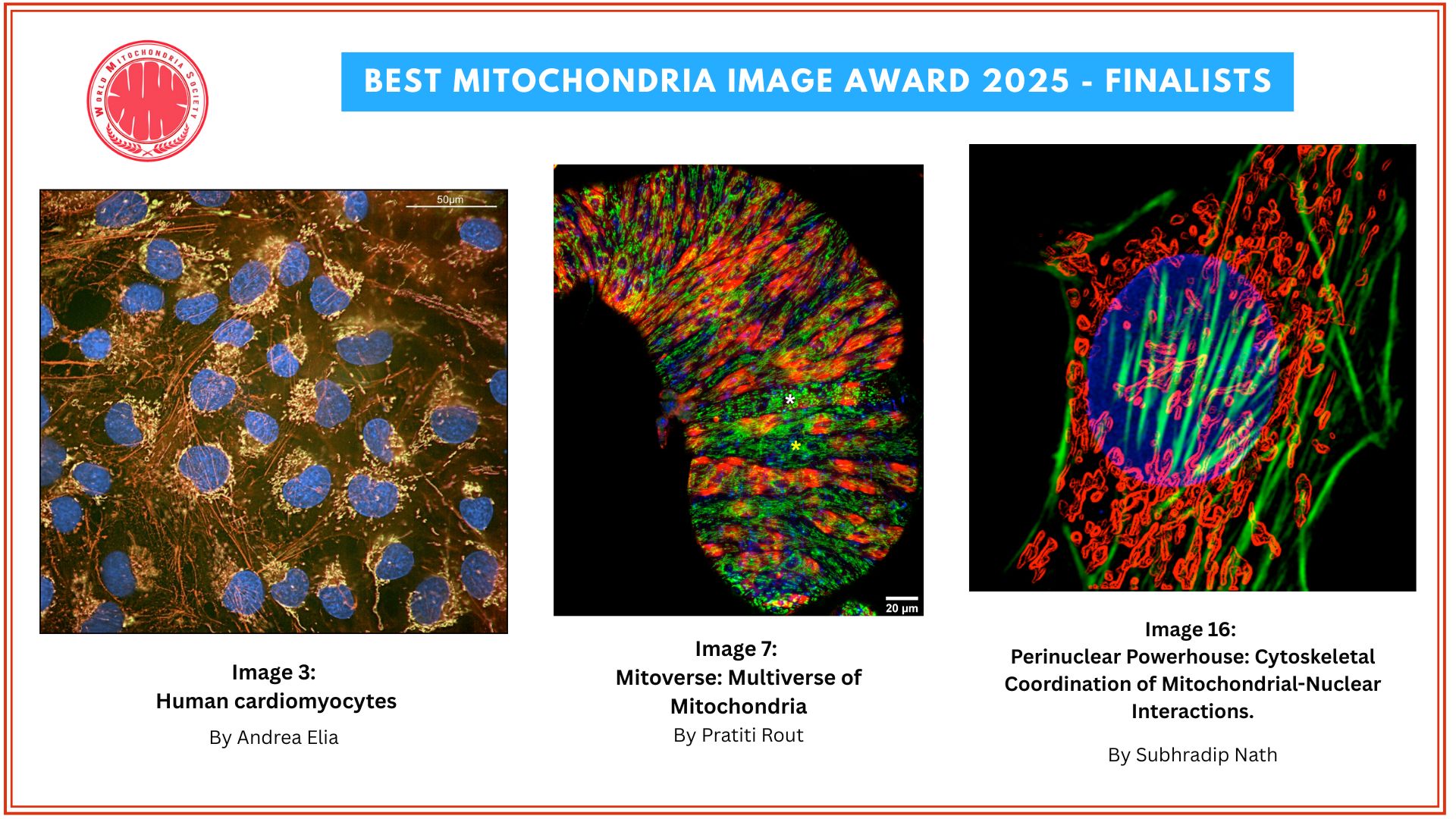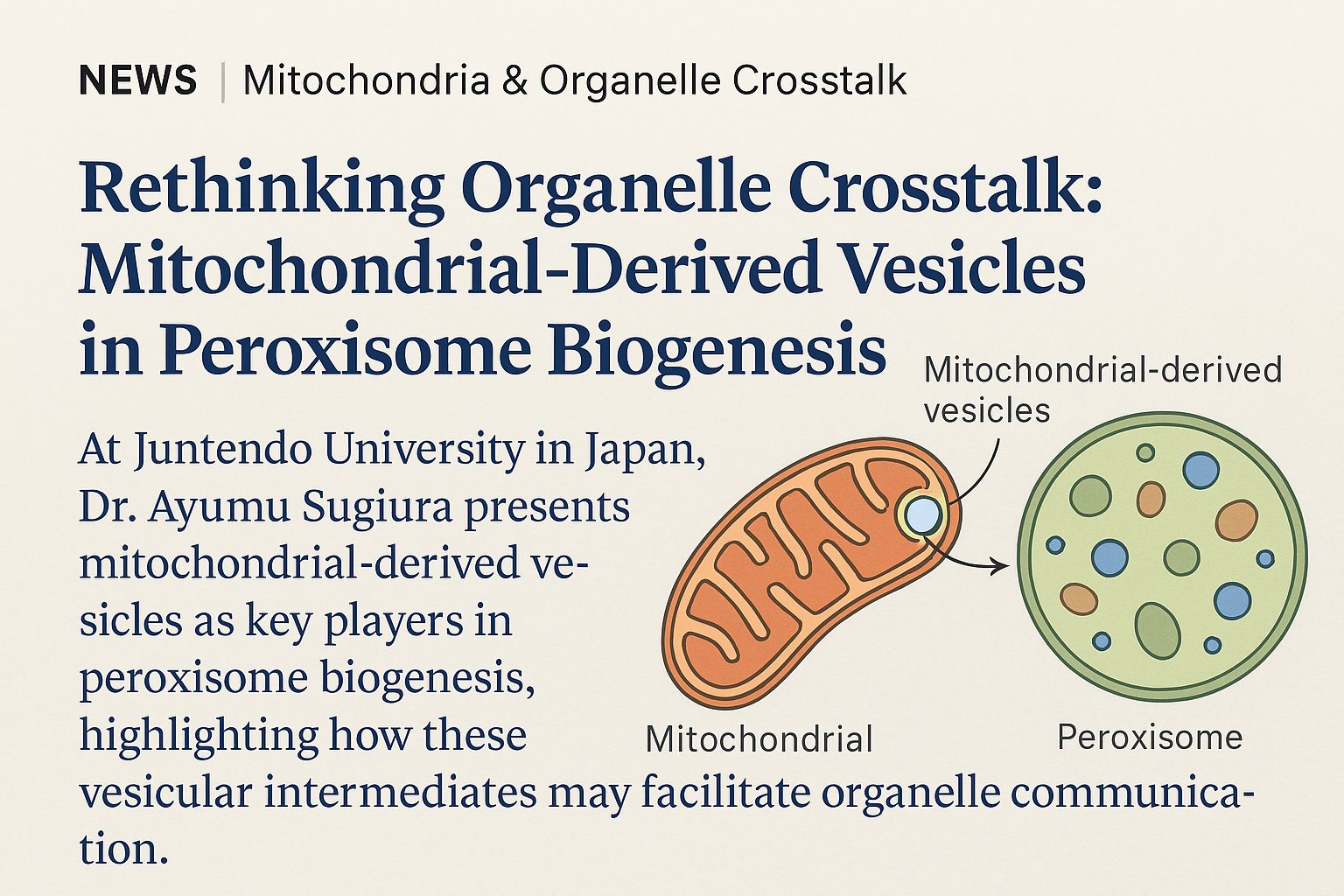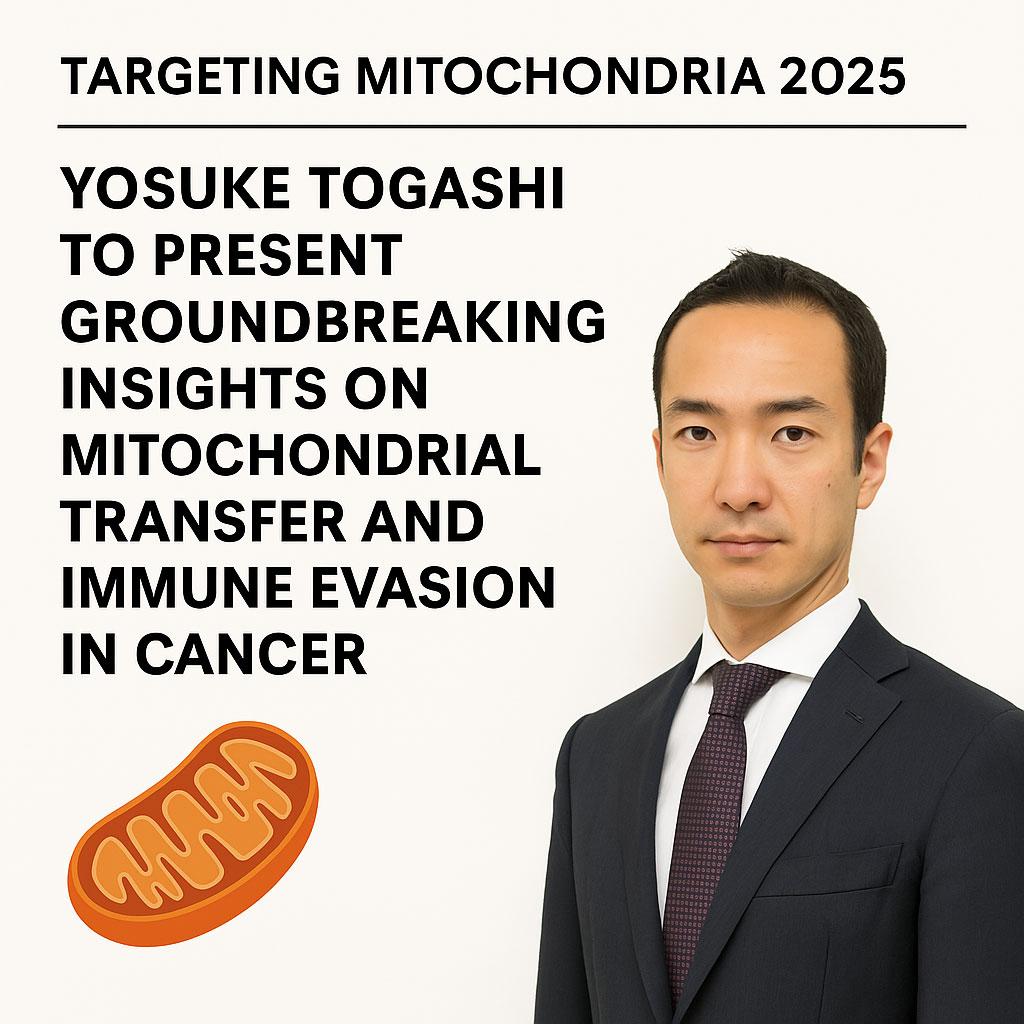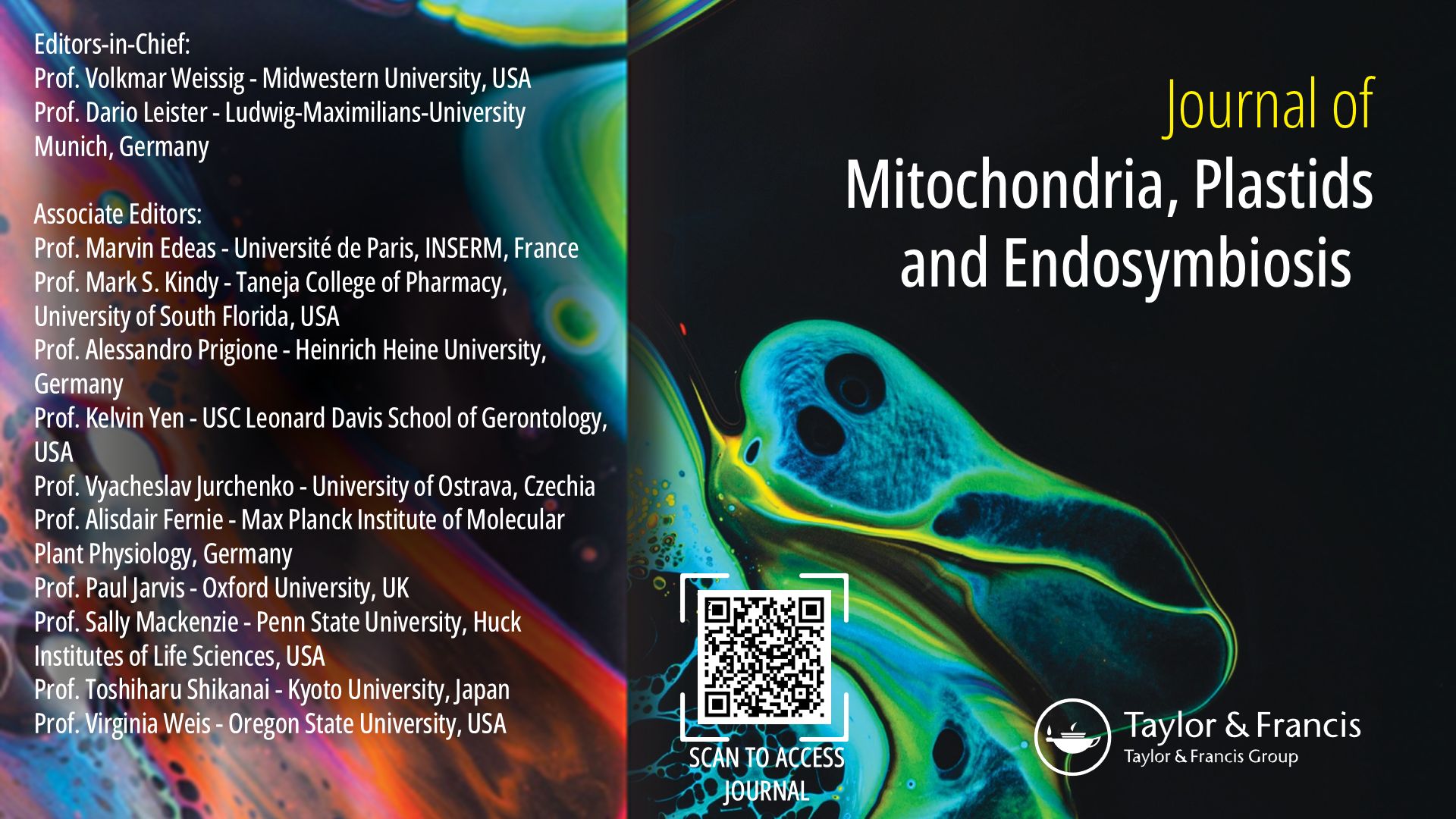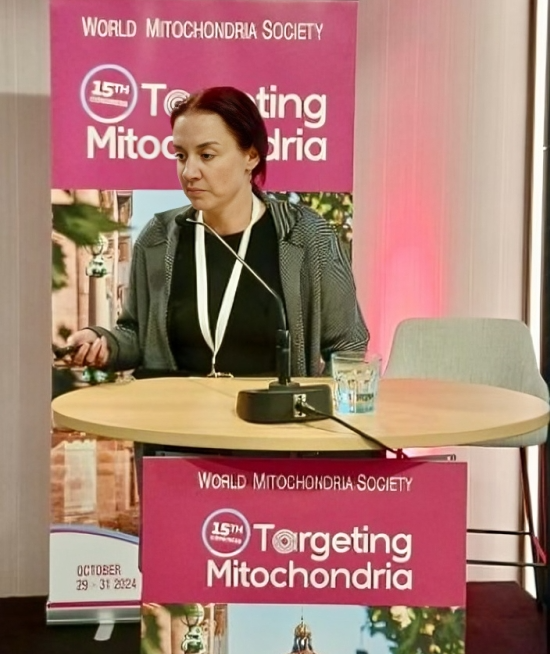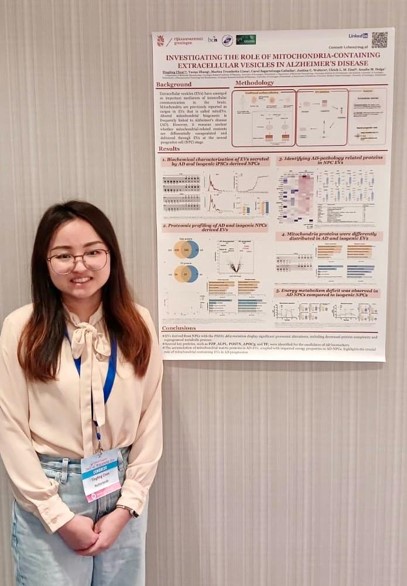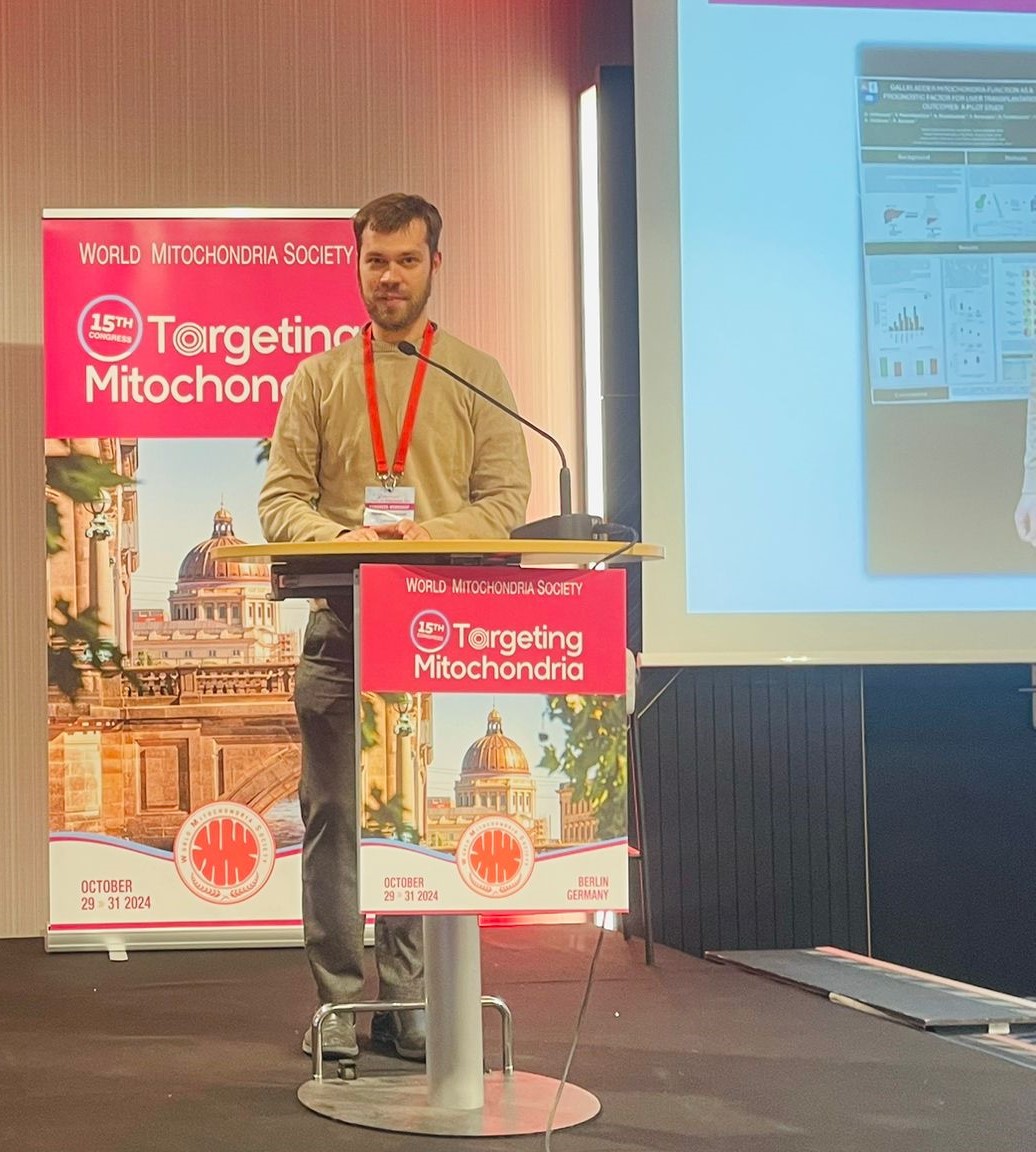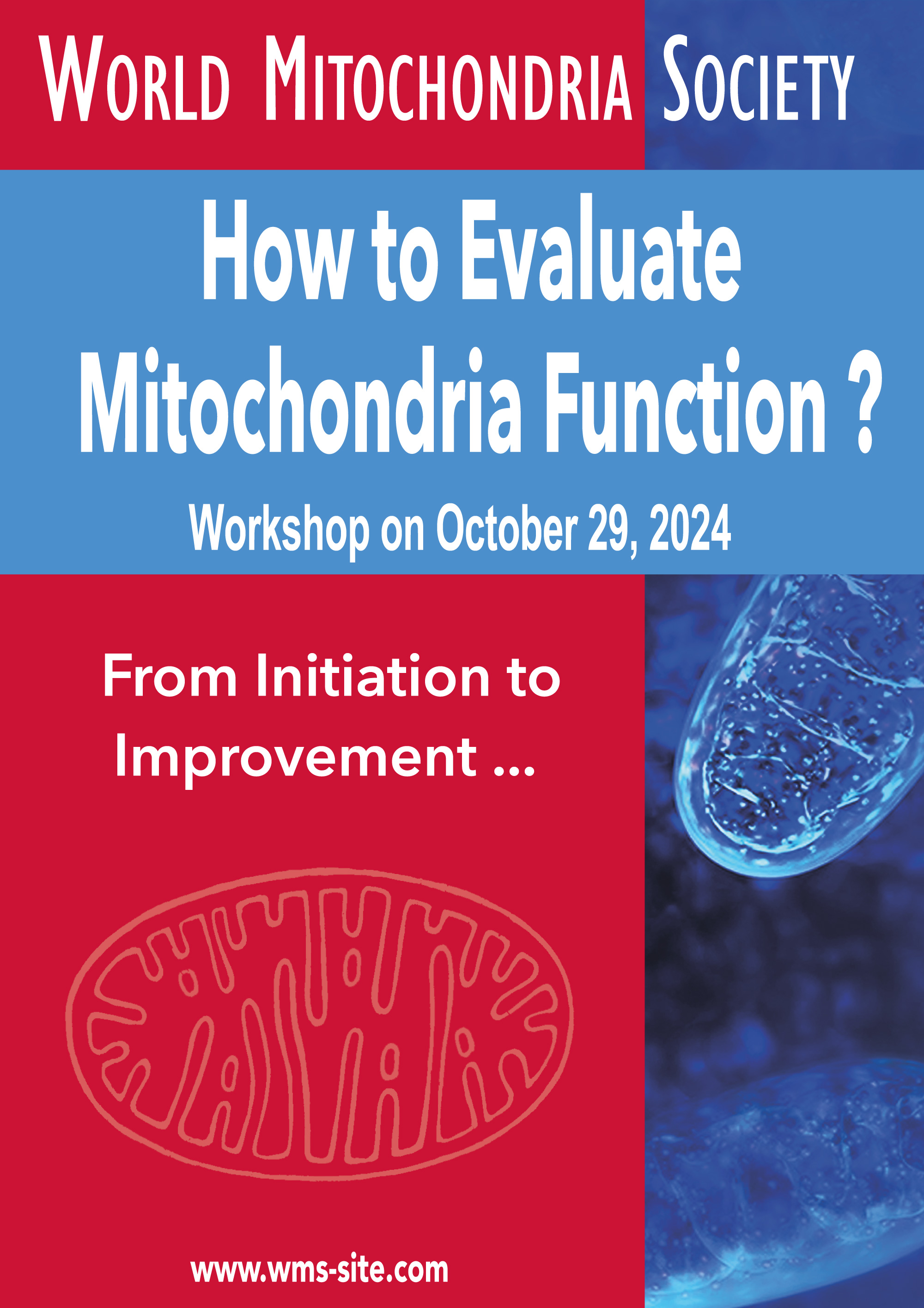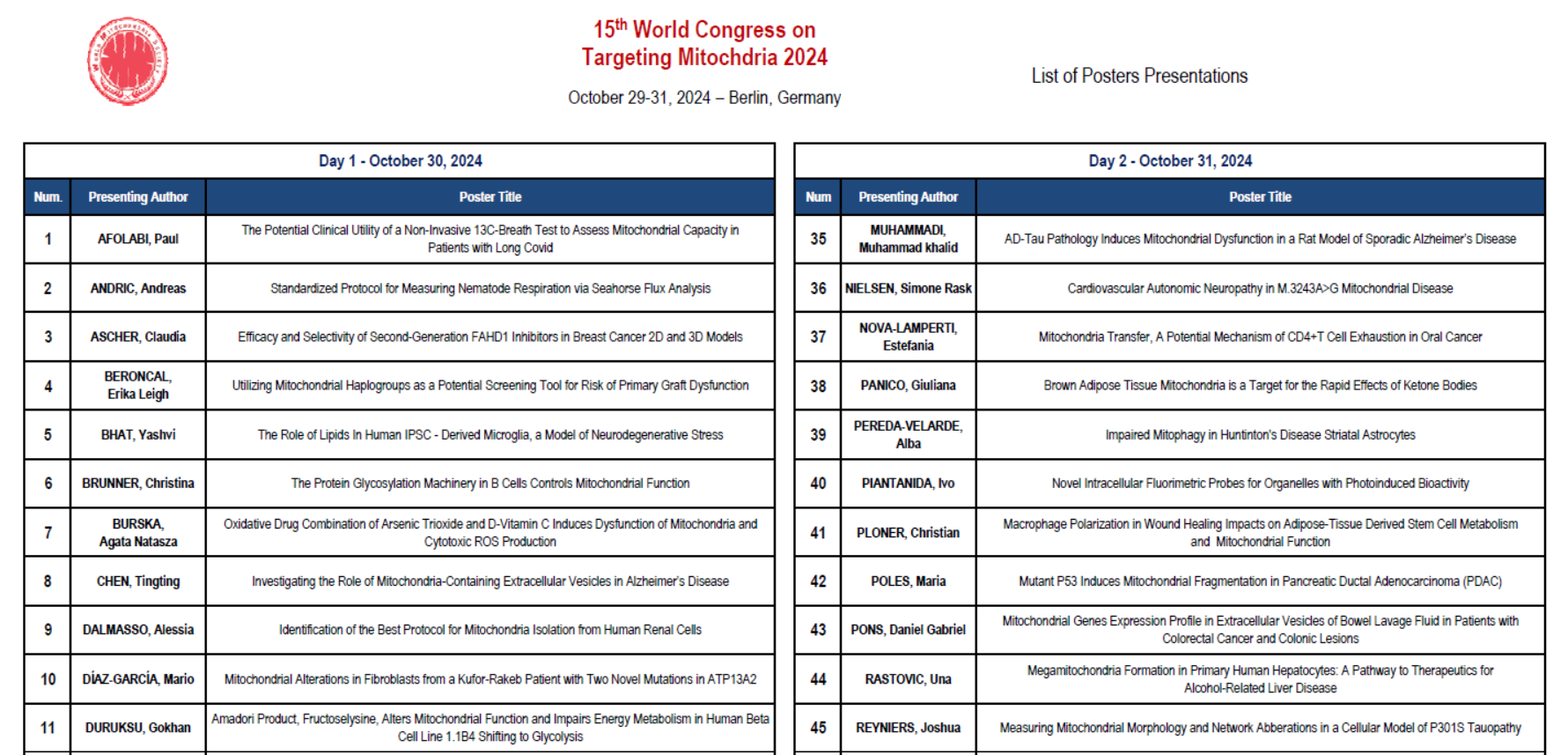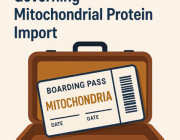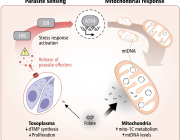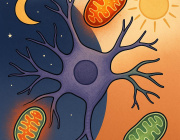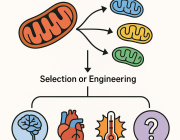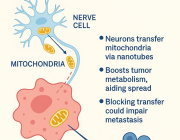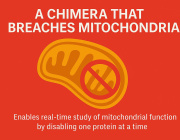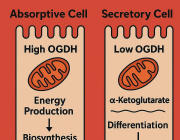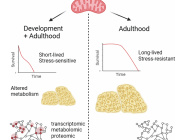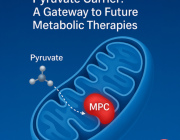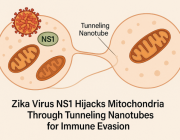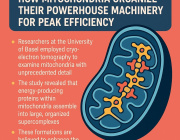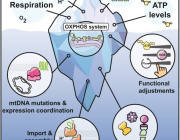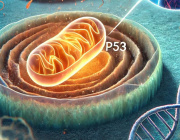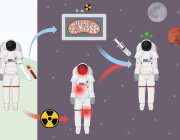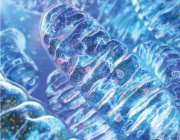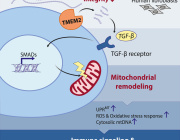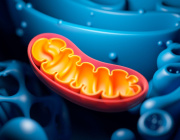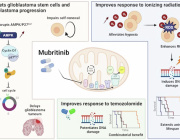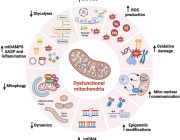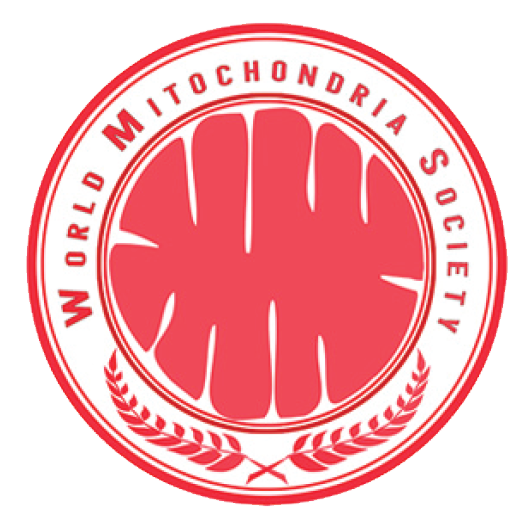Dr Gerard D'Souza was awarded by Targeting Mitochondria 2012 Scientific Committee
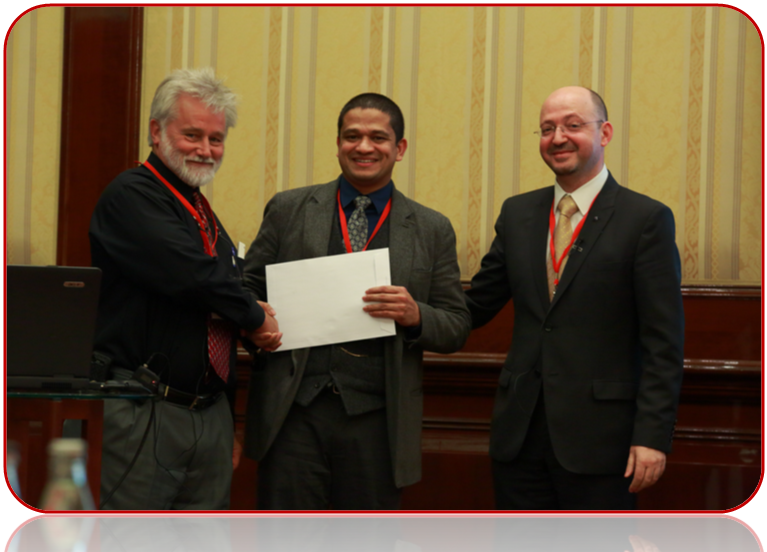
Dr Gerard D'Souza from Massachusetts College of Pharmacy and Health Sciences, USA, was awarded during Targeting Mitochondria 2012 for his scientific contribution for his work about Functional Expression of Green Fluorescent Protein in Mitochondria of Rat Cells Following Liposome-Mediated Delivery of a Linear DNA Construct.
More about this work:
OBJECTIVES: The ability to routinely deliver DNA into mitochondria in live mammalian cells, as it is currently possible for the nucleus, is critical to improve our understanding of the mechanisms underlying the function, regulation and dysfunction of the mitochondrial genome. Our efforts in this direction have focused on the development of novel nanocarriers to deliver DNA to mitochondria [1-3]. In this study, we have explored the use of a mitochondriotropic liposomal formulation to deliver a DNA construct encoding a recoded green fluorescent protein gene controlled by a rat mitochondrial promoter into the mitochondria in live F98 rat glioma cells. This DNA construct was previously shown to be imported by isolated rat mitochondria and, upon import, to direct RNA synthesis [4]. METHODOLOGY: A liposomal formulation of phosphatidyl choline (PC), 1, 2-dioleoyl-3 trimethyl ammonium-propane (DOTAP) and stearyl triphenyl phosphonium (STPP) in a molar ratio of 89:10:1 and a total lipid concentration of 5 mg/ml was prepared by a standard film hydration method. The 2.2 kb DNA construct used in the transfection experiments was prepared by high fidelity PCR from template and primers previously described [4]. DNA/carrier complexes were prepared by either a simple mixing protocol or a freeze-thaw protocol, after which F98 cells in 96 well plates at 70-80% confluency were incubated for 6 hrs with different concentrations of DNA/liposome complex in serum free media. Confocal microscopy was used to verify that DNA was delivered to mitochondria using fluorescently labeled construct. qPCR analyses assessed the level of cell-internalized DNA construct. GFP expression was then established by the measurement of mRNA levels by RT-qPCR, GFP ELISA and high sensitivity fluorescence measurements at various times post-transfection. RESULTS: In comparison to free DNA and vehicle controls, incubation with liposome/DNA complexes led to significant levels of gfp mRNA, GFP protein and GFP fluorescence. Both DNA and mRNA levels were at their highest immediately after the 6-hour transfection but dropped dramatically after 6 hours post-transfection. GFP protein was detectable 24 and 48 hours after transfection, based on both ELISA and fluorescence measurements. In general, the complexes prepared by the freeze-thaw method delivered more DNA into the cells but did not yield as high levels of GFP expression compared to complexes prepared by simple mixing.
CONCLUSION: Taken together, the data suggest that mitochondriotropic liposomes prepared with STPP can deliver DNA into mitochondria of live mammalian cells. The construct used in this study provides a robust and straightforward functional reporter for the development and optimization of mitochondrial DNA delivery strategies.
1. D'Souza et al. Pharm. Res. (2007) 24:228-38;
2. Boddapati et al. Nano Lett. (2008) 8:2559-63;
3. Patel et al. J. Liposome Res. (2010) 20:244-9;.
4. Koulintchenko et al. Hum. Mol. Genet. (2006) 15:143-54.








